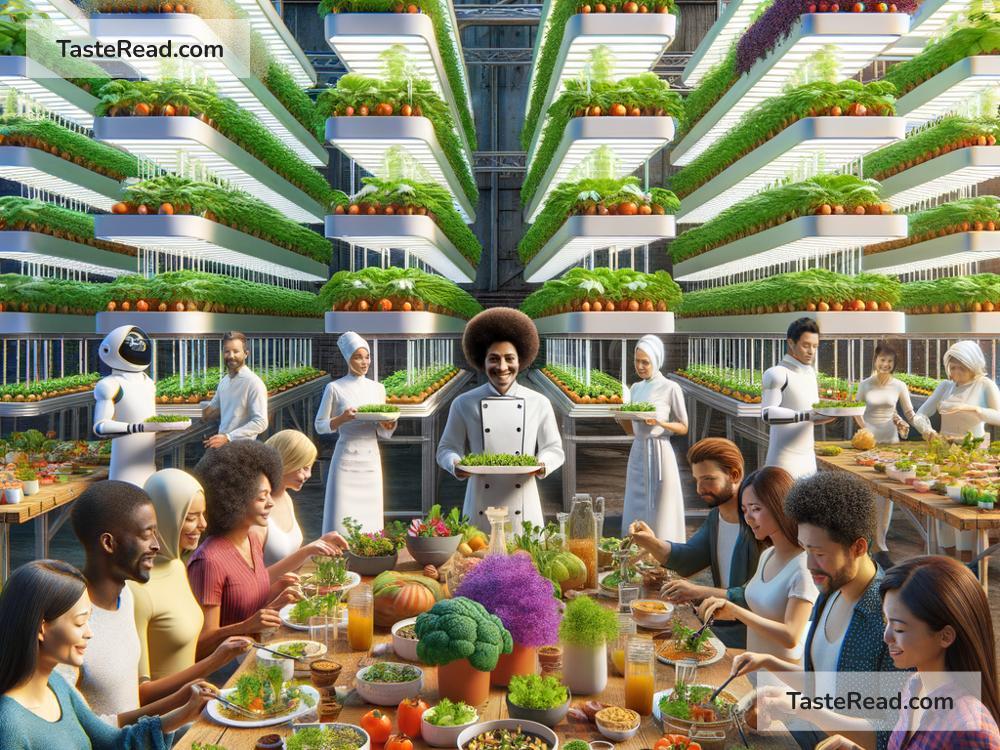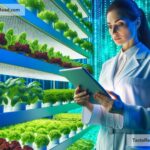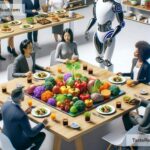The Future of Food and Policy Innovation
Food is something we all rely on every day. It brings us together, keeps us healthy, and plays a big role in how we live our lives. But as the world changes, so does the way we grow, distribute, and eat food. Climate change, population growth, and technological advancements are reshaping the future of food. To keep up with these changes, governments and communities are working on new policies to make sure everyone has access to healthy, sustainable, and affordable food. Let’s take a closer look at what’s ahead and how policy innovation can help create a better food system.
Challenges Facing Our Food System
The world’s population is growing fast, and it’s expected to reach nearly 10 billion people by 2050. Feeding everyone is becoming harder. Farmers need to produce more food, but they also need to deal with challenges like less farmland, unpredictable weather, and fewer natural resources, such as water. Climate change is making these problems worse, causing droughts, floods, and extreme temperatures.
On top of these environmental issues, there’s also a problem with how food is distributed. Even though we already produce enough food to feed everyone on Earth, millions of people still go hungry every day. In other places, people are eating unhealthy diets filled with processed foods, which can lead to health problems like obesity, diabetes, and heart disease.
Another big challenge is food waste. Around one-third of all the food produced globally is thrown away. This waste happens at every step—from farms to grocery stores to our kitchens. Food waste not only wastes money, but it also harms the environment by creating more greenhouse gas emissions.
The Role of Technology in Food Innovation
Luckily, technology is providing new solutions to these challenges. Scientists, farmers, and startups are working on innovative ways to grow and process food. For example, vertical farming uses stacked shelves or towers indoors to grow crops with less space and water. These farms can be placed closer to cities, reducing travel costs and emissions from transporting food.
Another exciting technology is lab-grown meat. Instead of raising animals for meat, scientists can grow real meat from animal cells in a lab. This process uses fewer resources and creates less pollution, while still giving people the same taste and texture as regular meat.
Plant-based food alternatives are also gaining popularity. Companies are making burgers, dairy products, and even eggs from plants instead of animal products. These foods not only help reduce the environmental impact of farming but also give people healthier options.
Drones, robotics, and artificial intelligence (AI) are helping farmers improve their work. Drones can monitor crops from above, spotting problems like pests or diseases early. Robots can plant seeds, pick fruits, and sort vegetables faster than humans. AI can analyze huge amounts of data to suggest the best ways to improve crop yields and reduce waste.
Policy Innovation: Making the Food System Fair and Sustainable
Technology alone can’t fix the food system; we also need smart policies to guide these advancements. Governments, businesses, and communities are working together to find solutions that make food systems more sustainable, fair, and healthy. Here are some ways policy innovation is leading the way:
-
Supporting Local Food Systems: Governments are encouraging more local farming and food production to reduce reliance on large-scale industrial agriculture. For example, cities are investing in urban farms and community gardens. This helps people grow food near where they live, reduces transportation costs, and builds stronger communities.
-
Reducing Food Waste: Policies are being developed to tackle food waste on a larger scale. Some governments are setting rules for grocery stores and restaurants to donate unsold food instead of throwing it away. Educational campaigns are teaching people how to store food properly and plan meals to avoid waste.
-
Promoting Sustainable Farming: Governments are giving farmers financial incentives to use eco-friendly practices, like planting cover crops or using less chemical fertilizer. Policies are also supporting regenerative farming, which helps restore soil health and combat climate change.
-
Making Healthy Food More Affordable: Policies can help make fresh fruits, vegetables, and nutritious foods cheaper and more accessible. For example, subsidies for farmers who grow healthy crops or lower taxes on healthy foods can encourage people to choose better options for their diets.
-
Encouraging Research and Collaboration: Governments are investing in research and innovation to improve food systems. They are also creating partnerships between scientists, farmers, and businesses to make sure new ideas and technologies are put into practice.
What Can We Do to Help?
It’s not just up to governments and businesses to fix the food system—it’s something we can all contribute to. Small changes, like eating more plant-based meals, wasting less food, and supporting local farmers’ markets, can make a big difference. By being mindful of what we buy and eat, we can help create demand for healthier, sustainable food options.
Final Thoughts
The future of food is bright and full of possibilities. With smart technology, innovative policies, and collective action, we can build a food system that works for everyone. While it won’t happen overnight, every step we take towards sustainability, fairness, and health brings us closer to a better tomorrow. By embracing change and working together, we can ensure that future generations have access to food that nourishes both people and the planet.


